Washed out images. When is light too much light?
I love shooting both light and dark images. I think both have a place in food photography including all shades in between light and dark. Donna Hay is one of the main examples of shooting light. At least in her earlier days when she made her signature light and airy shots. Or to be more precise; the photographers she worked with. Some of the best out there, I might add, as I am a big fan of Chris Court and Con Poulos.
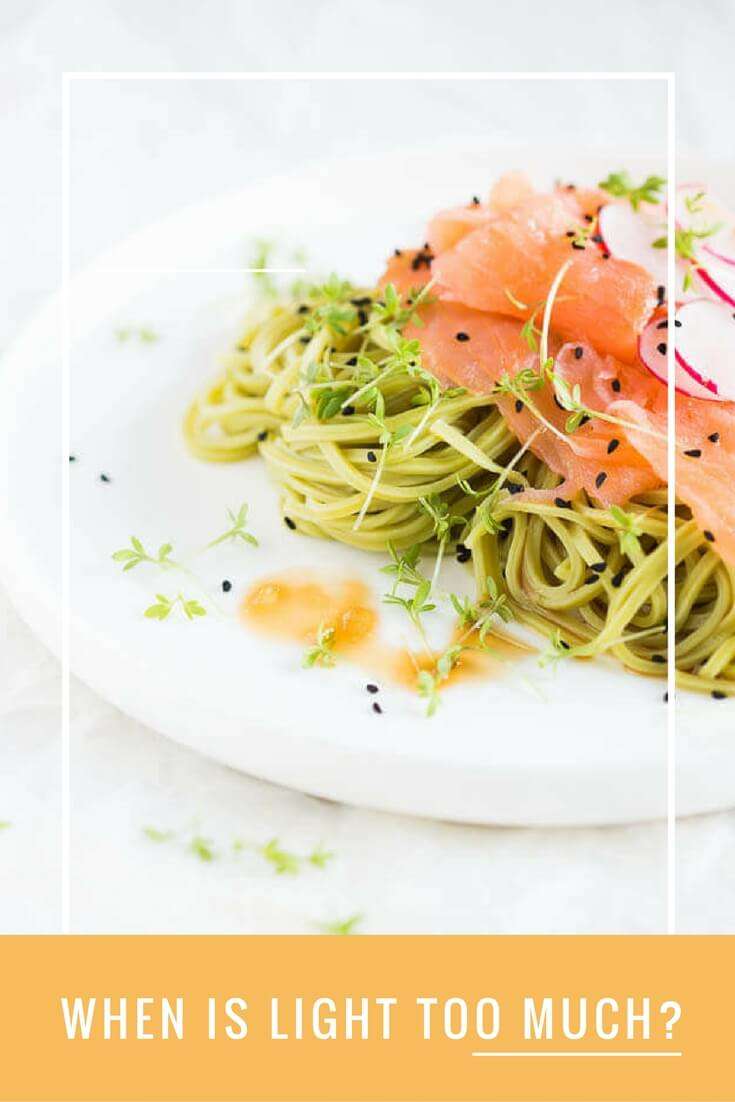
But how much light is good light?
I can still remember when I first started out in food photography. I wanted to use that light style of Donna. I loved how her food always looked beautiful and perfect while everything around it was shadowless. But is shadowless always a good thing?
As I progressed in food photography I find that I use more and more shadow in my shots. At the end of the day it is mostly a personal preference but yes, there is such a thing as too much light.
How do you recognize too much light?
To start with it is easiest to recognize too much light in certain situations. The most obvious one for me is shooting outdoors. When you’re outside on a bright day, you would normally move to the shade to shoot whatever food you want to shoot. But outside it is hard to control the amount of light hitting your subject. Of course there are ways to do that still but in general the light will be coming from all directions, most of it from above. I find that light unappealing and too much. It will give you a shadowless effect but the flood of light doesn’t add anything to your subject.
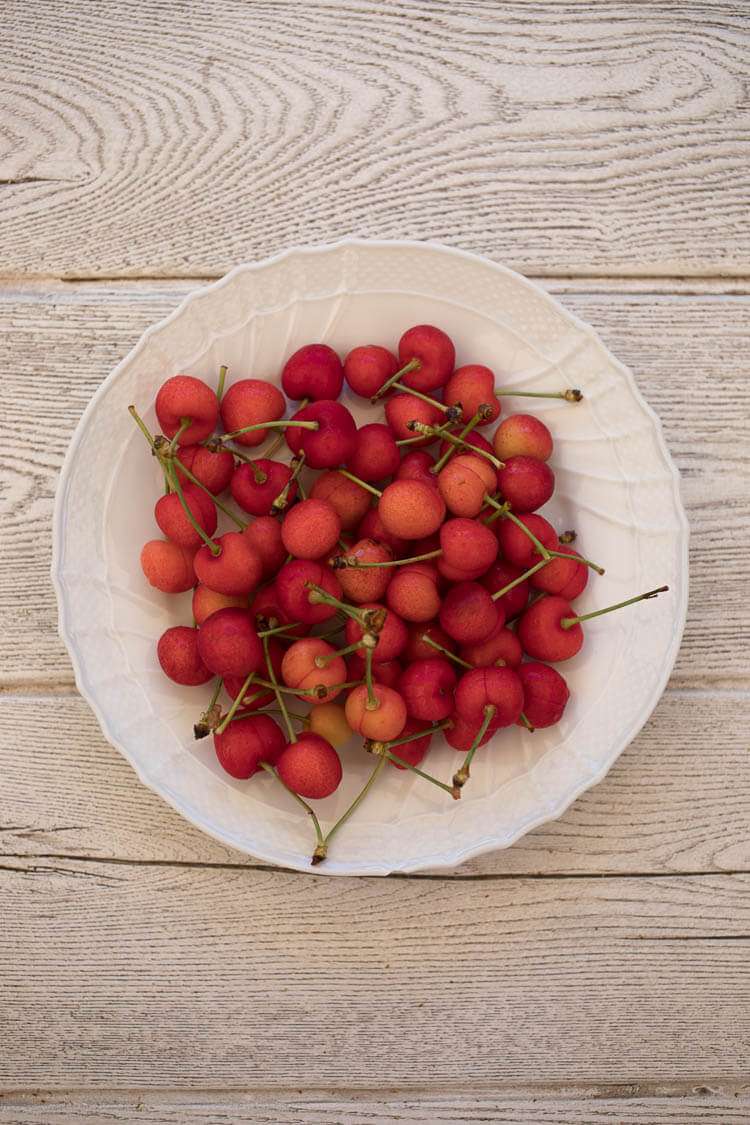
Here’s a good example of too much light. This plate of cherries was shot outside in the shade under a white umbrella. The image is flat and unattractive even if I have already adjusted the light a bit in postprocessing
Always keep in mind that the light should make your subject shine. And if it doesn’t, than the light is not the best light.
But what if you can only shoot outdoors?
Say you are shooting a picnic scene or another outdoors scene and you have no choice but to shoot outside. In that case you can use diffusers or boards to take away some of the harsh lighting. Most ideal would be to wait until the light is more forgiving. Usually end of the day when the shadows start to become longer and the light more flattering. In the image below I didn’t use anything other than the natural light at the end of the day.

The same cherries but different light entirely. See how they light up and sparkle? It’s also outside but end of the day and much gentler light conditions
Can you also have too much light when shooting indoors?
Definitely. Imagine a sunny day and you’re shooting close to a south faced window. You’ve been taught to remove the shadows by using a reflector on the other side of your subject. But what happens is that the light – being bright and cheery – reflects back from your south facing window, creating almost a second light source.
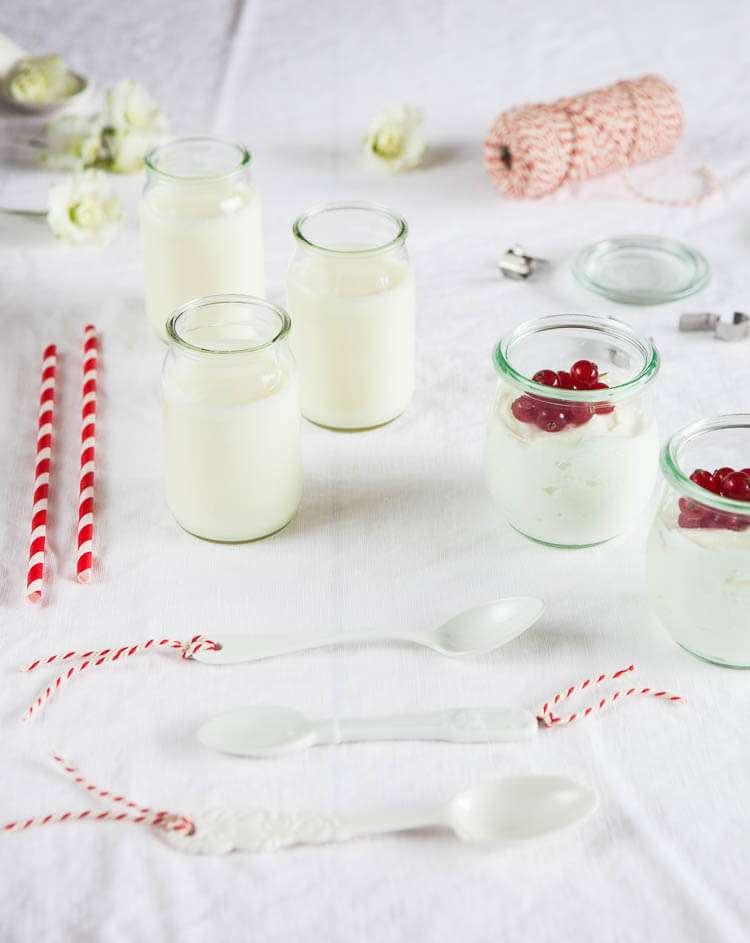
This image is shot in that bright room. The window is to the right but because I used a reflector on the left it created another shadow there… In any case the image is far too bright and doesn’t look very appealing to me
This happens only when it’s sunny outside and even if you’re not in the direct sunlight indoors, you will still have quite harsh light. I have one room in the house where I cannot shoot during the summer months. It literally is too bright. It doesn’t help if you use a white background and – in my case – the walls and ceiling of the room are also white. Reflecting light from all sides.
That – again – creates an overabundance of light, washing out your subject and not letting it look delicious. I still use that room, but only when it is an overcast day or when it is in the middle of winter. In that situation the light levels are much lower and it becomes easier to manage.
Sunny days? Move to the north
If the days are sunny I move the photography to the north side of my house. That is perfect for shooting in almost any light. It’s easier to handle and doesn’t need much reflecting or diffusing at all.
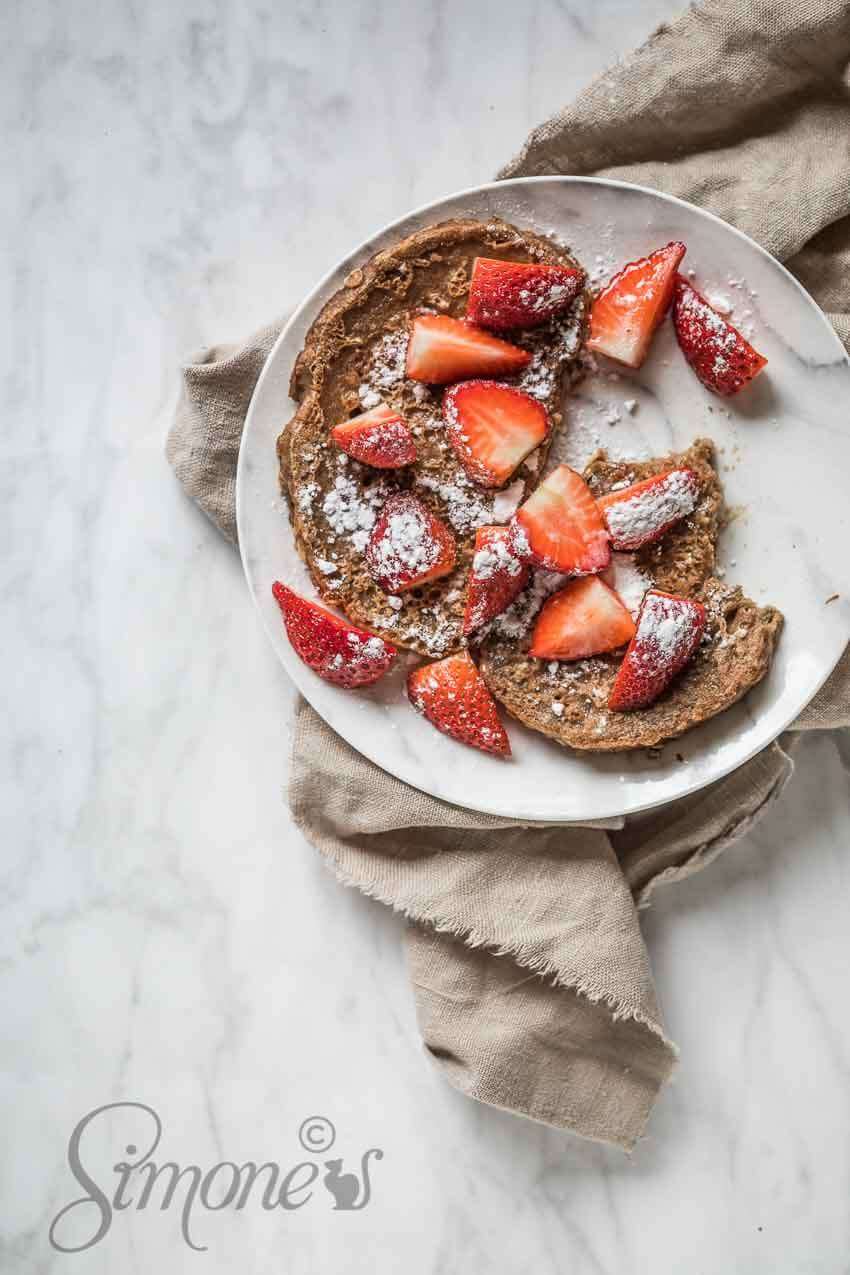
No reflection whatsoever used on the north side of the house
What if you can’t move to the other side of the house?
Of course I am in the position that our house has rooms on two sides: south and north. So I can choose which one to use. If you can’t it will help if you use black board to block the light. If you’re shooting with side lighting try a couple of things. First block the light with a diffuser. If that doesn’t help, place a black board on the opposite side of the light. Where you might normally place a reflector, you now place the black board. That will absorb the light and increase the shadows.
Lightroom doesn’t tell me it is overexposed, so that should be good right?
Well no… Lightroom is just a tool that is great but can’t tell you if an image is washed out or not. I’ve had images that were too bright for me but still nothing in the image was technically overexposed. (Lightroom tells you when an image is overexposed by giving it a red warning sign on the image)
Could you fix it in Lightroom? Yes and no. Adjusting the overall lighting won’t give you a good result. It will simply be showing as underexposed while still not giving you a sparkling image.
You can try and see if adding more blacks in the image will fix it. Or adjusting the clarity might give it a better look. At the end of the day that would all be patchwork. You can’t magically make a washed out image look fantastic. You can improve it, sure, but ultimately if the light is shit, the image will definitely not be your best.
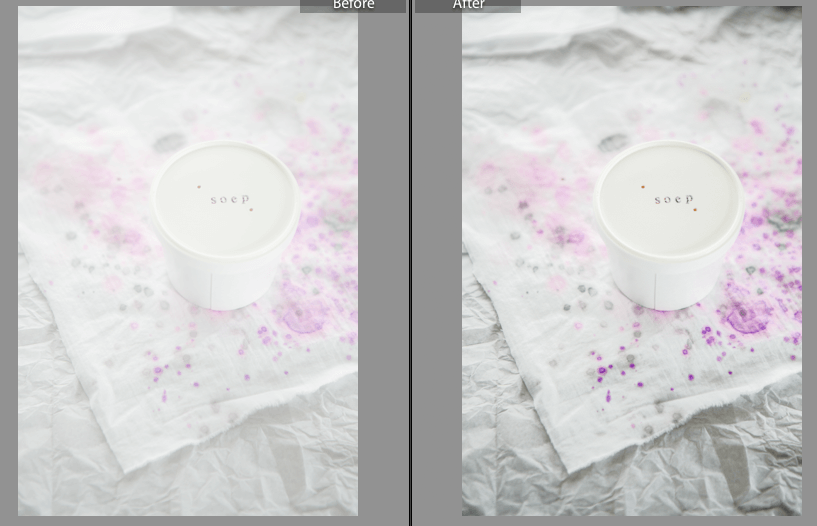
This particular image was actually shot as being too light on request as the whole book in this case needed to be really really light without much contrast whatsoever. The image was used the way you see it here on the left. But adding a bit of black in on the right you can see a bit of contrast coming back. Which I personally prefer
Love shooting white on white? Check this post for more information.

I’ve gone back and forth from really dark photos (some of them too dark for my taste now) to really light photos (some too light for me now). These days when I’m shooting light photos I tend to like a fall off — really too light in the background, with shadows towards the viewer. And with the actual subject (the food!) being just right (but with some shadows, if possible). I never get tired of thinking about light! Such an interesting subject. 🙂
I know right? Light is what makes (or breaks) photography I think. And I go back and forth between light and dark these days too. I like a fall off as well. Especially with backlighting that happens quite often and always give a summery feel. In my mind at least. Thanks John!